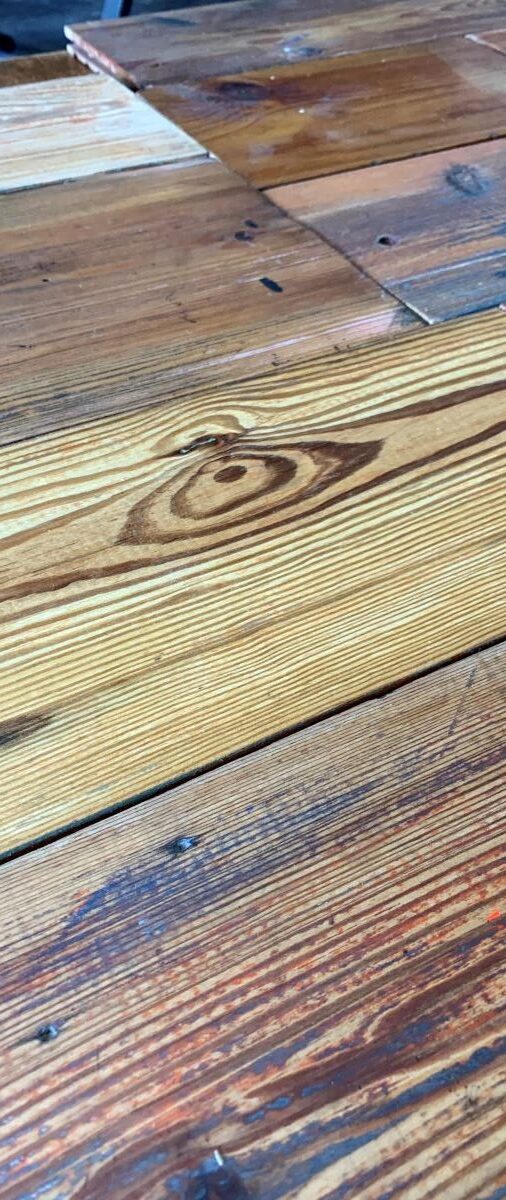Welcome to our blog post on how to identify heart pine. To be clear, we are talking about how to identify New Heart Pine. In this informative guide, we will provide you with valuable insights on recognizing heartwood, and in a broader context, ‘heart content’. Both of these are essential for those homeowners (installation professionals) looking for quality New Heart Pine. Quality is easy to define, with the end result being an installation and a gorgeous finish. This starts with our dual kiln and precision mill work using mature Southern Pine. All grades contain stable knots and the gorgeous color variation we call character.
Identifying Heart Pine with grades
Grades and terminology should make it easier for a layperson to make a decision between those choices. Clear ‘naming’ and pricing based on those grades give you all the information you need. The problem? Some companies add terminology or, in some instances just make it up. Without spending too much time on the subject because it raised my blood pressure, let me give you one example. ”
If you want to identify heartwood color is crucial.
The way that you identify Heart Pine is color, over simplistic, duly noted but the answer is still color. Let me get some business out of the way before moving forward; not all Heart pine is new, and NOT all new pine is created equal. Glad that is out of the way, lets take a look at the colors we use to identify Heart Pine.
Creating Color- The transition from sapwood to heartwood plays a significant role. Sapwood is the living part of the tree responsible for transporting nutrients, while heartwood is the dead portion. The drying process in the kiln promotes the transformation of selected sapwood layers into heartwood. As the sapwood dies off, the cell walls change color, becoming drier and stronger to form distinct heartwood layers. In essence, the color of Heart Pine is a result of this transformation.


When you Identify heart pine sapwood is the start
Sapwood is lifeblood of the pine tree. Sapwood carriers the nutrients throughout the tree, it is alive while heartwood is dead! What does that mean? Heartwood has less moisture than sapwood, until the Kiln. However, over time the tree “promotes” layers of sapwood to heartwood status. As the sapwood stops flowing through selected layers of the tree (dying) it becomes as hard as heart pine. The tree pores fill up with organic matter and the cell walls change color, ultimately becoming dryer and stronger to form Heartwood layers. Enough about stability, want to see more pictures. Visit Pinterest but come back.




